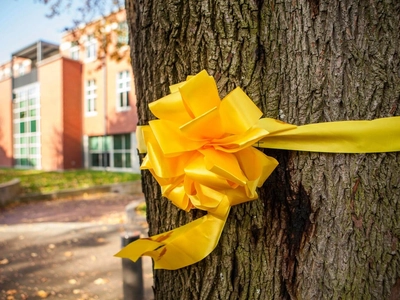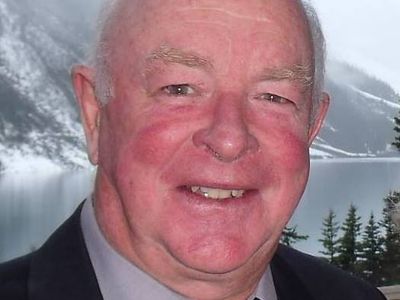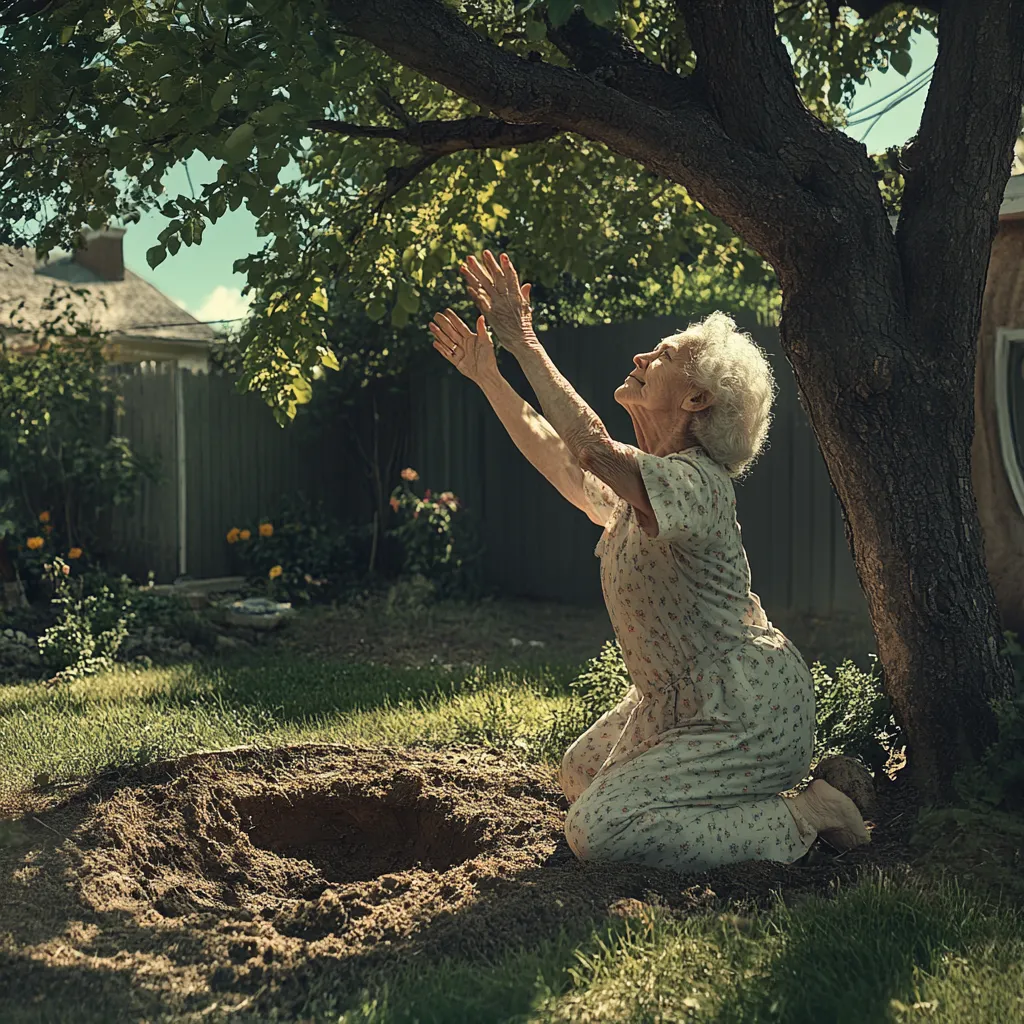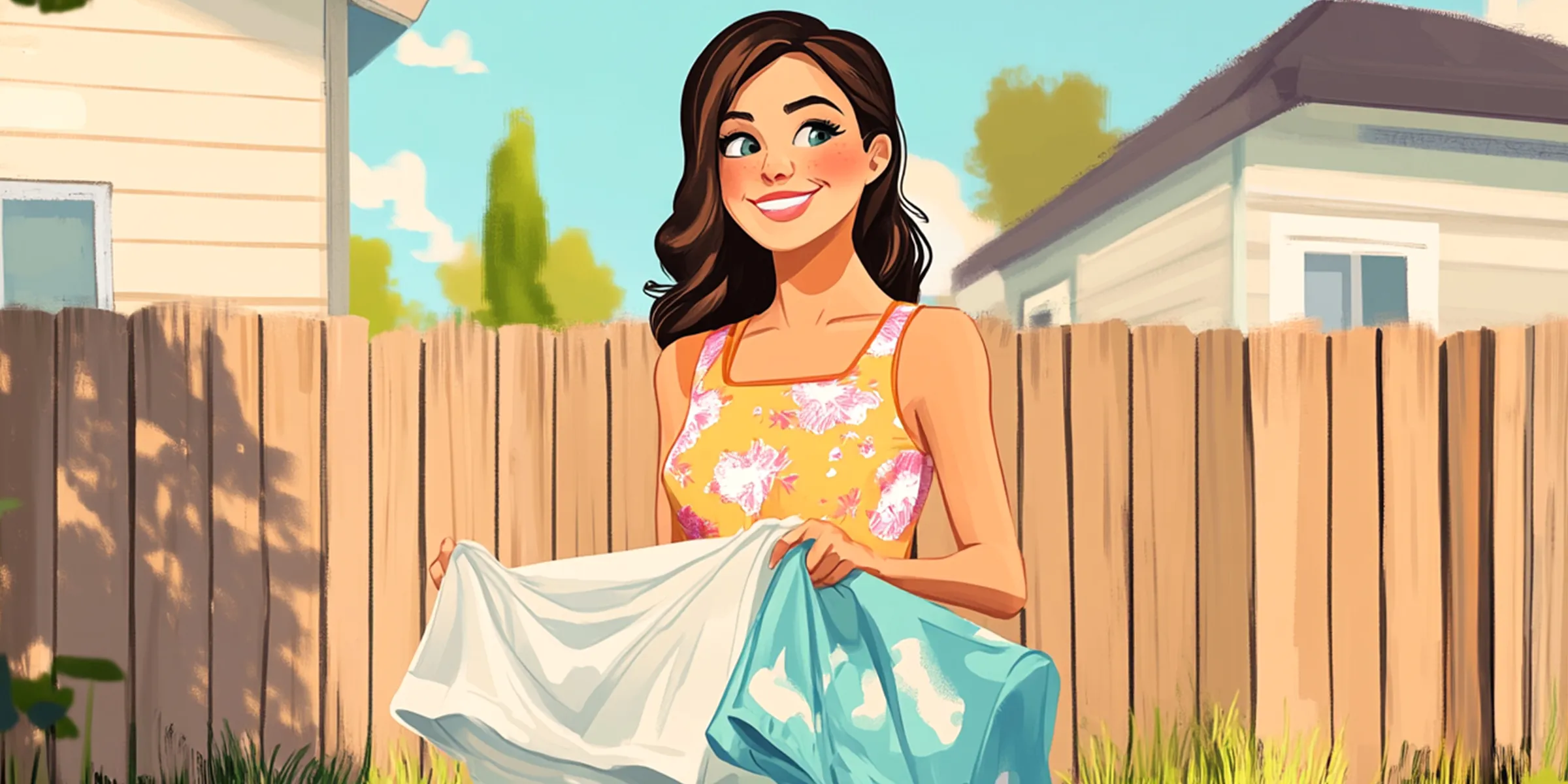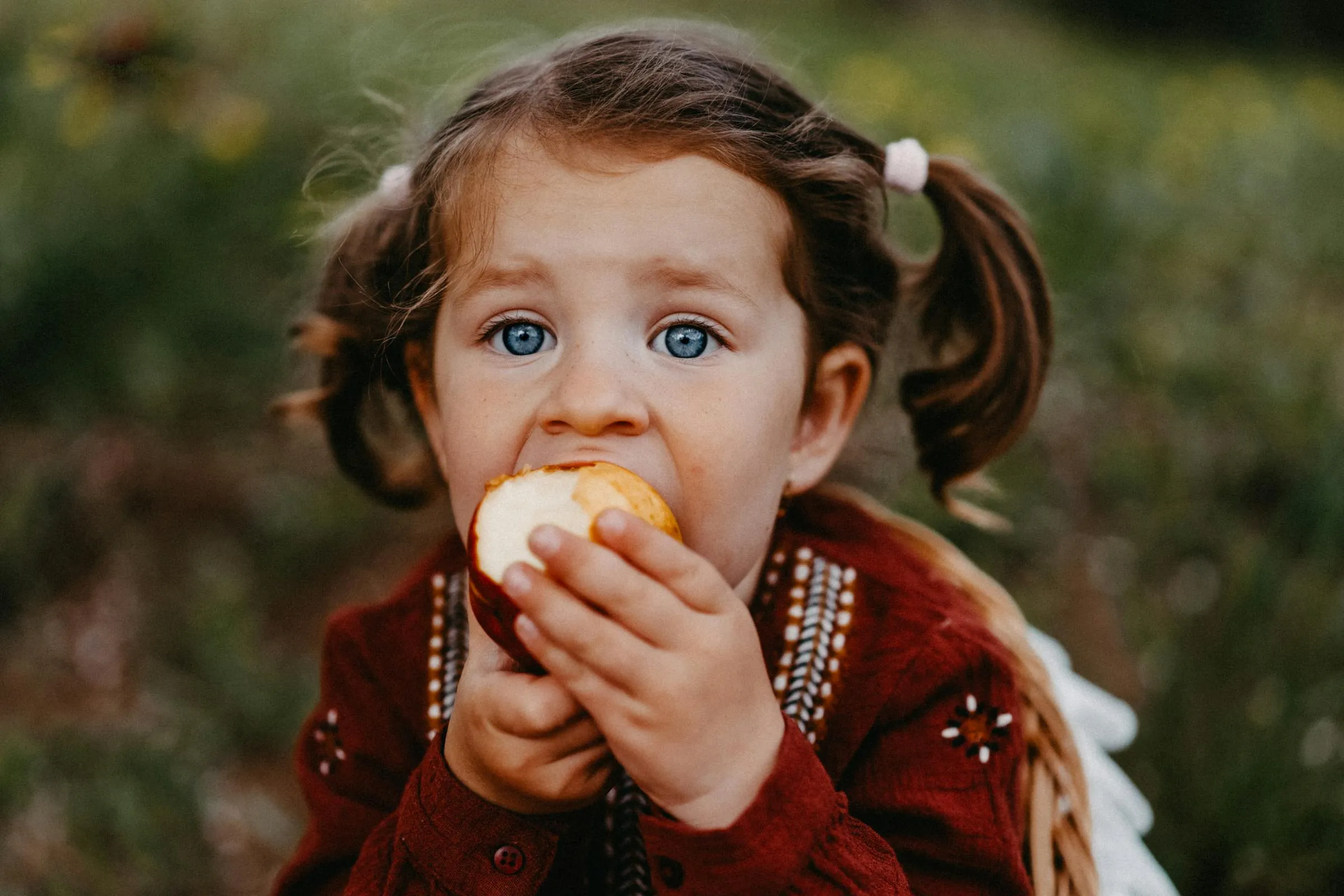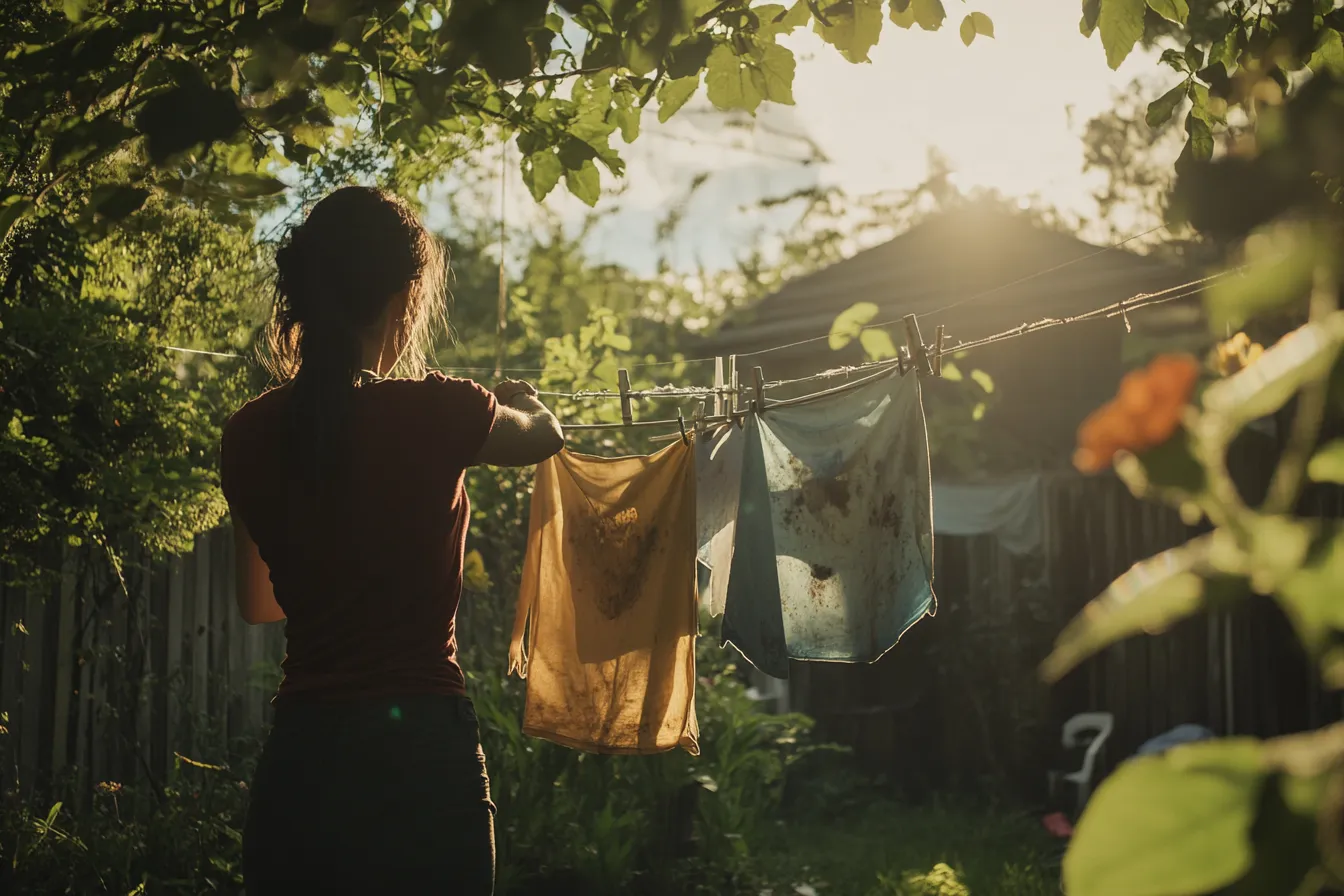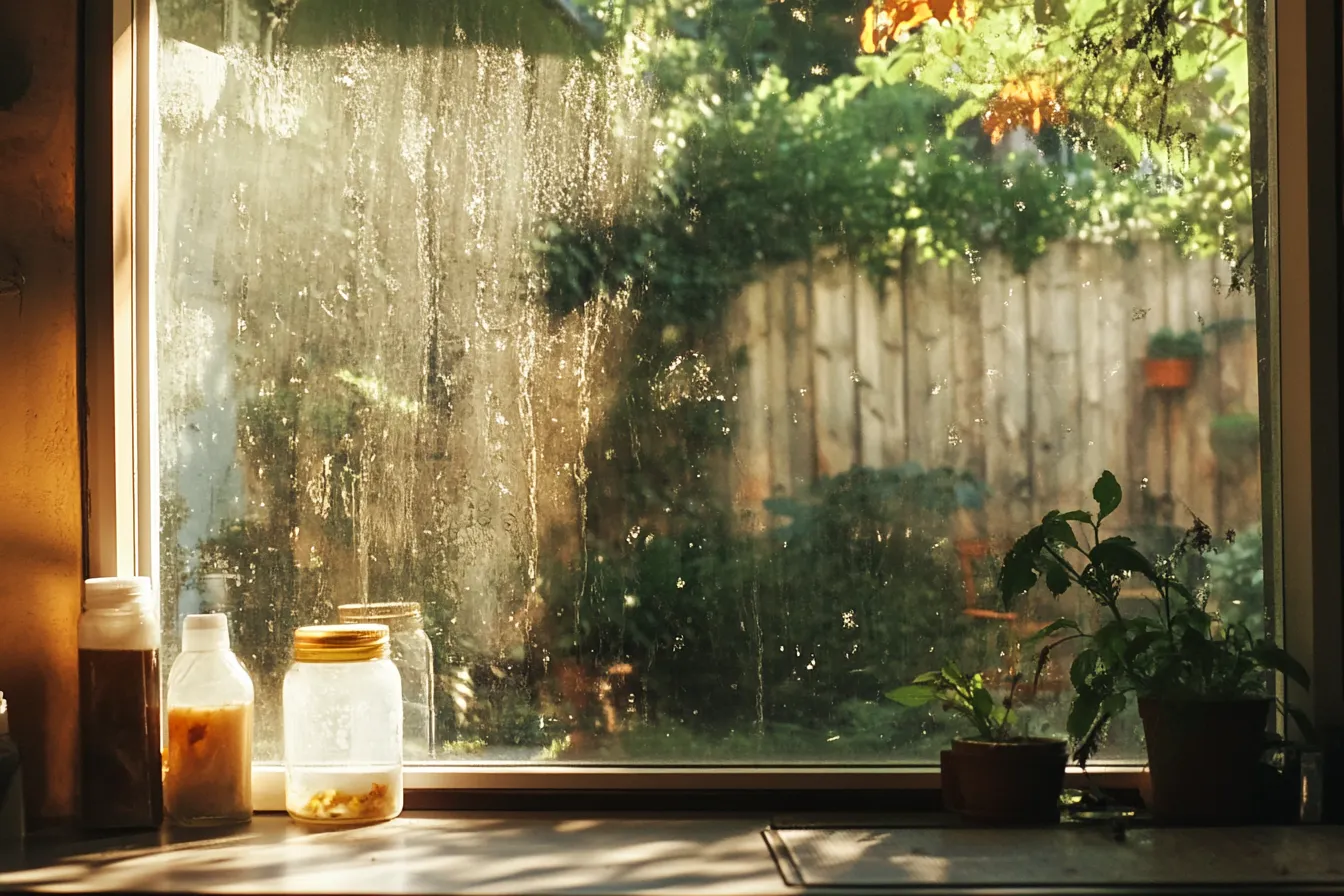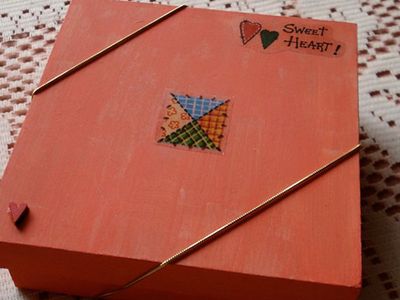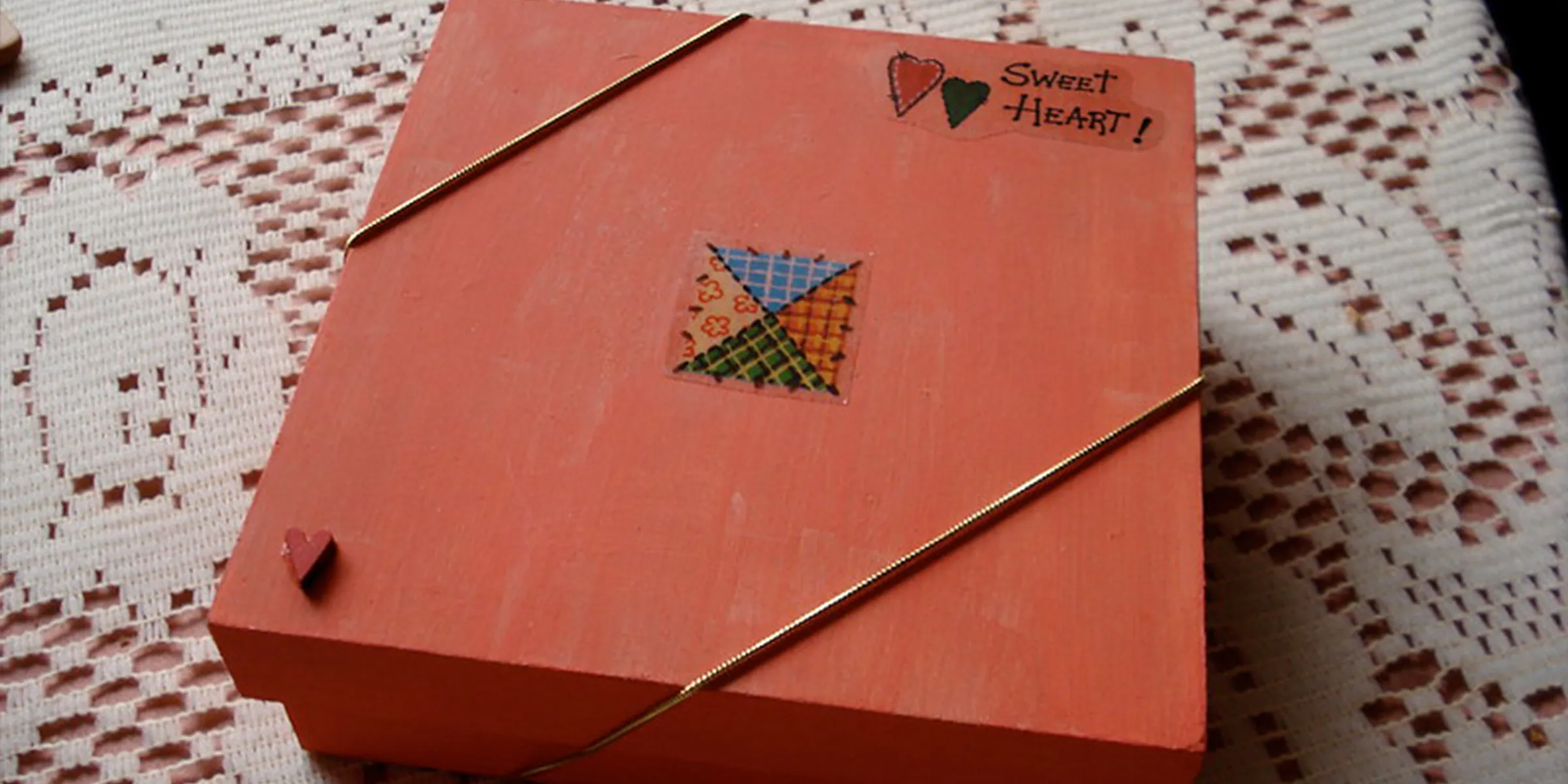That Yellow Ribbon Around Your Neighbor's Tree Has a Dark History You Never Knew About
Someone just tied a yellow ribbon around the oak tree outside my apartment building. No note. No explanation. Just a simple strip of yellow fabric fluttering in the wind like a question mark.
My neighbor thinks it's "for someone who's still out there." But what if I told you that innocent yellow ribbon carries more weight than a tombstone?
What if I told you it's been hijacked, politicized, and turned into something completely different from what your grandmother thought it meant?
The Lie We've Been Told
Most people think yellow ribbons started with Tony Orlando's cheesy 1973 hit "Tie a Yellow Ribbon Round the Ole Oak Tree." Wrong. That song was about a guy getting out of prison, not military service. But somehow, America decided to make it about soldiers.
The real history? It goes back to U.S. Cavalry wives during the Indian Wars, pinning yellow ribbons to their dresses while their husbands were out fighting. Yellow – the color of cowardice in some cultures – became the color of waiting, hoping, praying that someone wouldn't die in a foreign land.
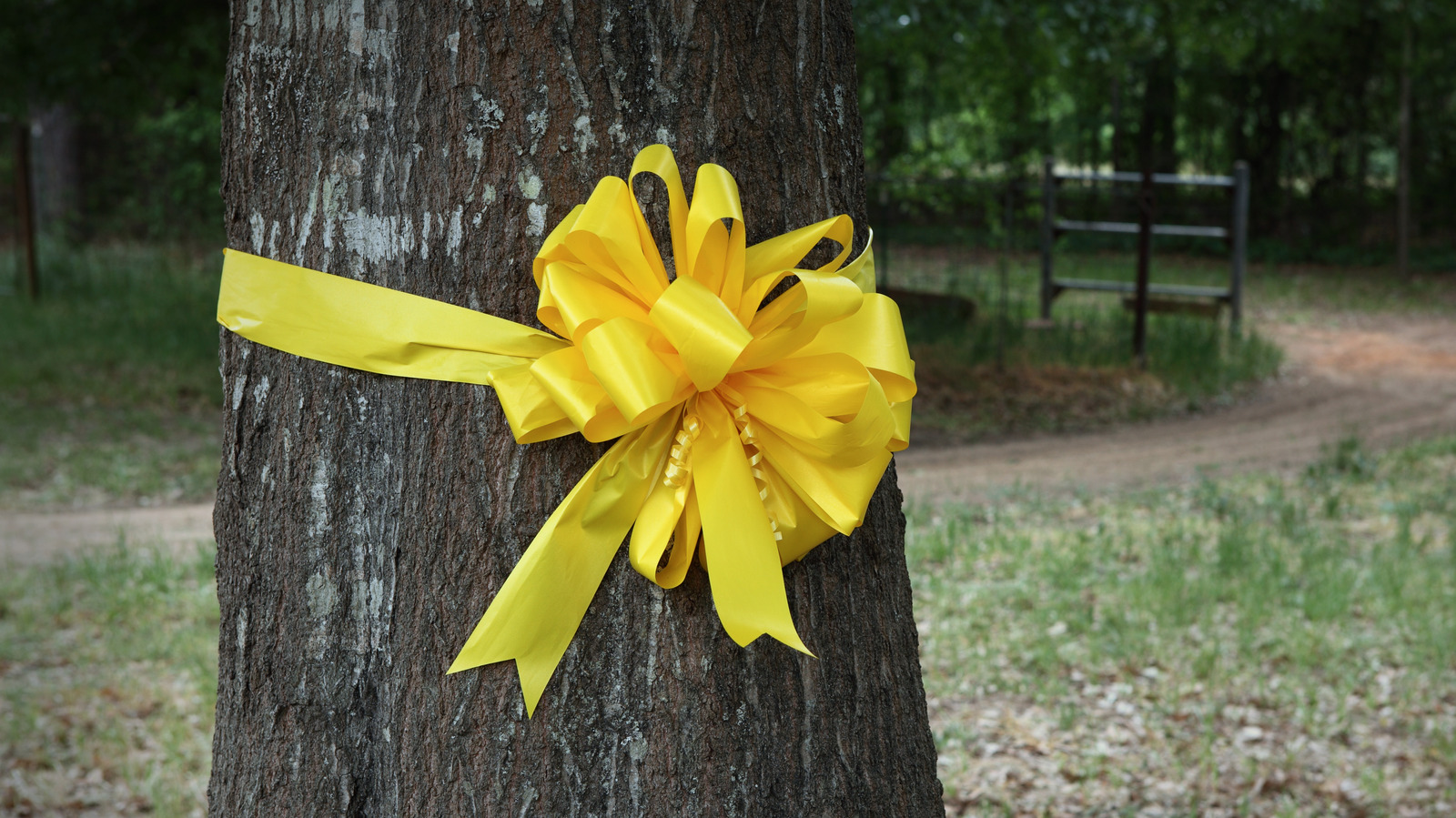
When Hope Became Politics
Then came 1979. Iran hostage crisis. Penny Laingen, wife of a captured diplomat, tied that first yellow ribbon around an oak tree in her front yard. Not for the troops. For her husband, rotting in an Iranian prison.
Suddenly, every American with a political opinion had an opinion about yellow ribbons.
The symbol exploded during the Gulf War. "Support Our Troops" became "Support Our War." Yellow ribbons weren't about hope anymore – they were about picking sides. You either tied one up or you were unpatriotic. End of discussion.
The Symbol That Divides Us
Here's what's really messed up: yellow ribbons now mean whatever people want them to mean.
To military families, they're sacred. A promise that someone's coming home.
To anti-war protesters, they're propaganda. A way to silence criticism by wrapping it in fake patriotism.
To politicians, they're campaign tools. Slap a yellow ribbon magnet on your SUV and suddenly you're "supporting the troops" while voting against veteran healthcare.
In South Korea, after the Sewol ferry disaster, yellow ribbons became symbols of government protest. Same color, opposite meaning.
What Does That Ribbon Really Mean?
So when you see that yellow ribbon tied around a tree in your neighborhood, what is it really saying?
Is it a mother's desperate prayer for her deployed son?
A veteran's memorial for a buddy who didn't make it back?
A political statement you're supposed to agree with or else?
A cry for help from someone who feels forgotten?
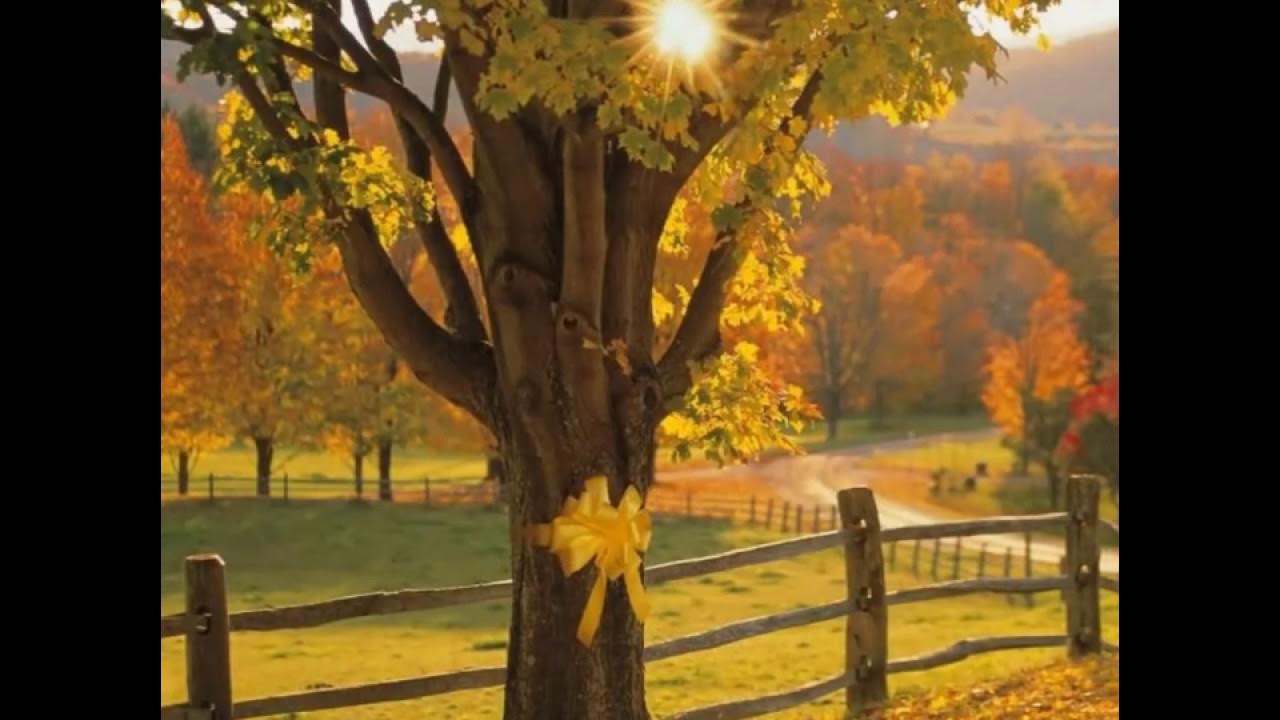
The Truth About Symbols
Here's the uncomfortable reality: every yellow ribbon is a mirror. It reflects what we want to see, what we're afraid to lose, what we're too afraid to say out loud.
That ribbon outside my building could be for a missing soldier, a dead friend, a relationship that ended, or just someone who saw other people doing it and thought it looked nice.
We've taken a simple piece of fabric and loaded it with so much meaning that we can't even agree on what it's supposed to represent anymore.
Why This Matters
Because symbols matter. They start conversations or end them. They bring people together or tear them apart. They honor the living or manipulate the grieving.
Every time you see a yellow ribbon, you're looking at America's complicated relationship with sacrifice, patriotism, and loss. You're seeing how a simple gesture of hope became a weapon in culture wars.
You're seeing how we've learned to perform our emotions in public while keeping our real feelings private.
The Question That Haunts Every Ribbon
So the next time you pass a yellow ribbon tied around a tree, ask yourself: Who is still out there? What are they waiting for? And why do we need a piece of fabric to show we care?
Maybe the person who tied it knows something you don't.
Maybe they're waiting for someone who's never coming home.
Or maybe – just maybe – they're waiting for the rest of us to remember that behind every symbol is a human being with a story we'll never fully understand.
That yellow ribbon isn't just decoration. It's a conversation starter. It's a reminder. It's a question mark tied around a tree, asking all of us: What are you waiting for?
